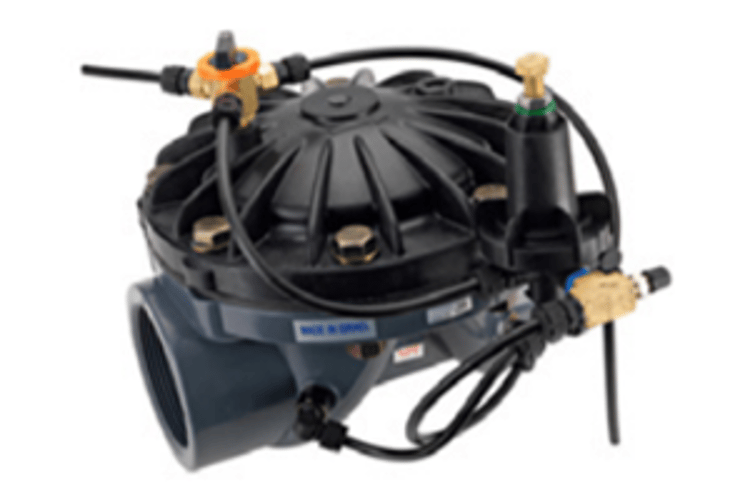Why Series 90 PVC Valves?
-
Product Advantages
- Superb hydraulic performance.
- Simple design with only one moving component, the diaphragm, means parts are not located in the water passage way.
- Low operating pressure.
- Simple inline installation with minimal maintenance requirements for maximum dependability.
- Durable, corrosion-resistant materials provide high resistance to corrosive water containing fertilizers and chemicals.
- Nylon valves have threaded connections.
- PVC valves have threaded or socket (slip) connections allowing pipes to be cemented into the valves.
Applications
- Ideal for water control in PVC networks
- Agriculture or Greenhouse and Nursery applications
- Surface or subsurface installations
- Portable systems




